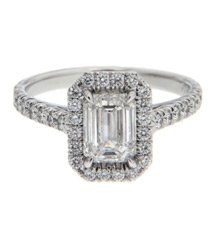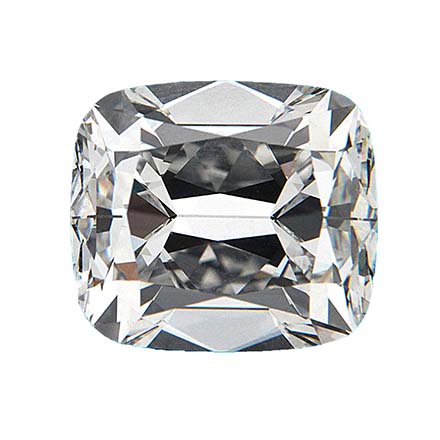A diamond is a gem that sparkles naturally, whether or not the cut it sports is ideal. While all natural diamonds sparkle, not all cuts are perfect. You will be amazed to learn how technology manipulates the sparkle and size of a diamond on the face, thereby adjusting its scintillation and cut to the needs of the buyers.
A diamond with a spready table is designed to appear over a carat, when in truth, it is far less. However, that cut is exclusively purposed to visually enhance the size of the diamond. It is needless to say that in their bid to achieve the illusion of a larger size, the cut often deviates from its primary purpose that is brilliance.
Far be it from you to understand diamond technology, it doesn’t take exhaustive or extensive reading to learn these little things.
Ideally, a cut is rated by the perfection of the angles and sides and how well they let or block the light. Early on, colorless diamonds were shaped in what we know as the old mine cut. This cut featured small tables and even smaller windows. The idea was to let the light enter through the bottom and light up the inside of the stone.
That was obviously based on a very flimsy theory that was far from being proven at that point. Owing to that understanding, the lapidaries gave some rough diamonds classic cuts in the mine heads that resulted in disproportionate and interestingly asymmetrical facets.
However, with the progress of technology, things changed for better. Technology made more room for symmetry. Through tools of examination, gemologists found out the measurements of light return from the base of a stone. Along came the modern brilliant cut, which had not a much larger table and no window at the back. Even so, the stones sparkled much brighter than the old mine cut.
With time, experts perfected the cut too by bringing precise symmetry to the sides. However, even then, all brilliant cuts that you see on diamonds are not brilliant. In order for the stones to appear bigger than they really are, the cutters have to compromise with the perfection of the cut.
In business, it is not a practical idea to shape all diamonds to a perfect cut. Particularly for stones with heavy inclusions, cutters require to make improvisations to make the stone sellable.






